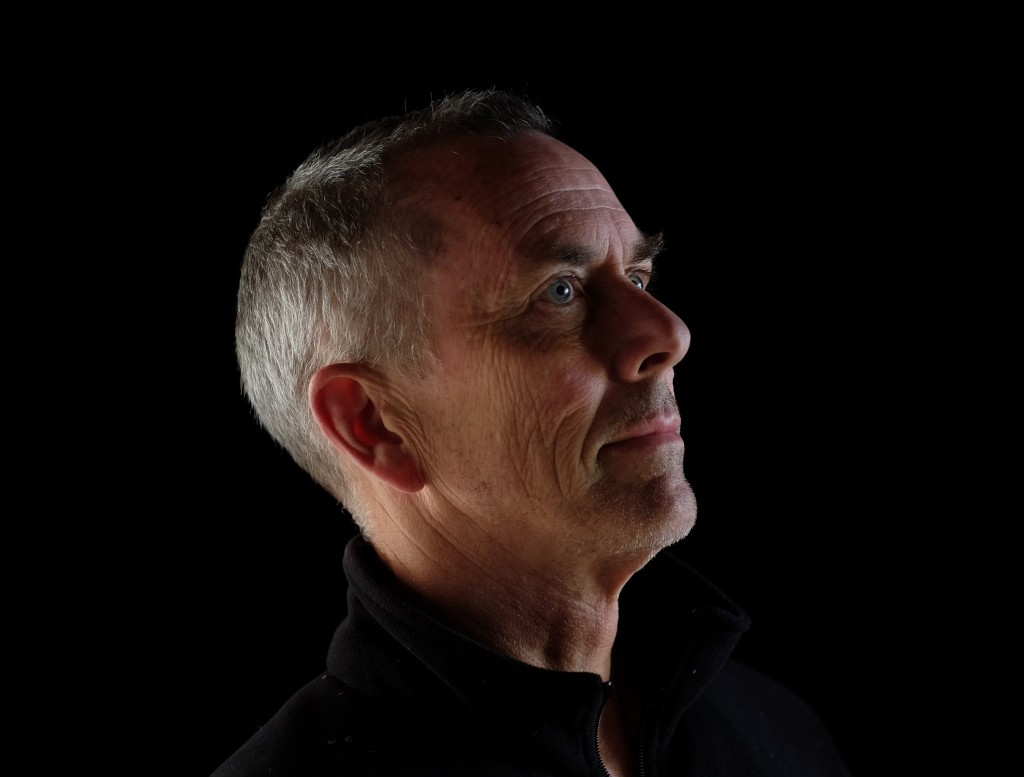THE OLYMPIC CAULDRON
American Kinetic Wind Sculptor, Anthony Howe, Kicking Off The Rio 2016 Olympics
In Dramatic Fashion With One-Of-A-Kind Olympic Cauldron
From an archer shooting an arrow aflame in 1992 in Barcelona, to “The Greatest” – Muhammad Ali – lighting the way to the ’96 Summer Games, the lighting of the Olympic Cauldron is, and has always been, a moment that captivates people from around the globe.
On Friday, August 5, more than 78,000 Olympic athletes, spectators and dignitaries from around the world will fill Rio de Janeiro’s famed Maracanã Stadium to celebrate the start of the Rio 2016 Summer Olympics. As the Opening Ceremonies concludes, those in attendance, along with billions of viewers around the globe, will focus their attention on the lighting of the Olympic cauldron, commissioned by world-renowned kinetic wind sculptor and Orcas Island, Washington resident, Anthony Howe.

American kinetic wind sculptor, Anthony Howe, kicking off the Rio 2016 Olympics in dramatic fashion with one-of-a-kind Olympic cauldron.
Mr. Howe, whose large-scale kinetic sculptures can be found in public spaces around the world, including Dubai, United Arab Emirates, Southern California, and a recent holiday installation for Barney’s department store in New York City, was approached by the 2016 Rio Olympic Committee in August 2015. Soon after, he began working on the massive 40 foot in diameter, two-ton Olympic cauldron which symbolizes the sun. Mr. Howe’s cauldron will be set in motion, moving gracefully yet powerfully with spirals representing life. Lucea, a kinetic wind sculpture by Anthony Howe of Orcas Island, Washington, is an example of the work done by Mr. Howe
“My vision was to replicate the sun, using movement to mimic its pulsing energy and reflection of light,” said Anthony Howe. “I hope what people take away from the cauldron, the Opening Ceremonies, and the Rio Games themselves is that there are no limits to what a human being can accomplish.”
With early designs beginning in Mr. Howe’s home studio on Orcas Island, located a two-hour ferry ride north of Seattle, Washington the final cauldron was completed in Montreal, Canada and carefully made its trek to Rio de Janeiro in late July. A smaller version of the cauldron will remain in Rio within a new waterfront park.
Originally from Salt Lake City, Utah, Anthony Howe attended Cornell University before moving on to the Skowhegan School of Sculpture & Painting in Skowhegan, Maine. Inspired by his childhood love of Tinkertoy and Erector Sets, Mr. Howe began creating large scale metal kinetic wind sculptures in 1989 after years of painting with watercolor. Mr. Howe’s sculptures have been featured on CNN, CBS Sunday Morning, and The Great Big Story.
For more information about Anthony Howe and his work, please visit www.howeart.net.